
The president of France, officially the president of the French Republic, is the head of state and head of executive of France as well as the commander-in-chief of the French Armed Forces. The French presidency is the supreme magistracy of the country, and the president is the holder of the highest office in France.

The Twenty-second Amendment to the United States Constitution limits the number of times a person is eligible for election to the office of President of the United States to two, and sets additional eligibility conditions for presidents who succeed to the unexpired terms of their predecessors.

The President of Argentina, officially known as the President of the Argentine Nation, is both head of state and head of government of Argentina. Under the national Constitution, the President is also the chief executive of the federal government and Commander-in-Chief of the Armed Forces.

The President of Colombia, officially known as the President of the Republic of Colombia is the head of state and head of government of Colombia. The office of president was established upon the ratification of the Constitution of 1819, by the Congress of Angostura, convened in December 1819, when Colombia was the "Gran Colombia". The first president, General Simón Bolívar, took office in 1819. His position, initially self-proclaimed, was subsequently ratified by Congress.

The president of the Philippines is the head of state and the head of government of the Philippines. The president leads the executive branch of the Philippine government and is the commander-in-chief of the Armed Forces of the Philippines. The president is directly elected by the people, and is one of only two nationally elected executive officials, the other being the vice president of the Philippines. However, four vice presidents have assumed the presidency without having been elected to the office, by virtue of a president's intra-term death or resignation.

The Senate of the Philippines is the upper house of Congress, the bicameral legislature of the Philippines; the House of Representatives is the lower house. The Senate is composed of 24 senators who are elected at-large under plurality-at-large voting.
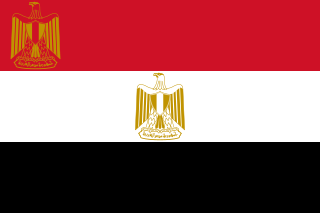
The president of Egypt is the executive head of state of Egypt. Under the various iterations of the Constitution of Egypt following the Egyptian Revolution of 1952, the president is also the supreme commander of the Armed Forces, and head of the executive branch of the Egyptian government. The current president is Abdel Fattah el-Sisi, in office since 8 June 2014.
A term limit is a legal restriction that limits the number of terms an officeholder may serve in a particular elected office. When term limits are found in presidential and semi-presidential systems they act as a method of curbing the potential for monopoly, where a leader effectively becomes "president for life". This is intended to protect a republic from becoming a de facto dictatorship. Sometimes, there is an absolute or lifetime limit on the number of terms an officeholder may serve; sometimes, the restrictions are merely on the number of consecutive terms he or she may serve.
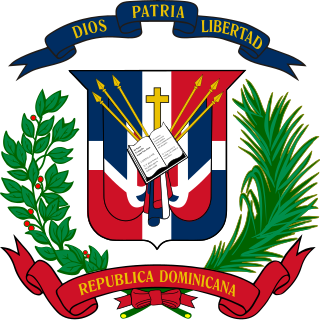
The Congress of the Dominican Republic is the bicameral legislature of the government of the Dominican Republic, consisting of two houses, the Senate and the Chamber of Deputies. Both senators and deputies are chosen through direct election. There are no term limits for either chamber.

The vice president of the Philippines is the second-highest executive official of the government of the Philippines, after the president. The vice president currently holds office at the Quezon City Reception House in Quezon City. Previously, the vice president of the Philippines held office at the Coconut Palace, the Philippine National Bank Financial Center, and the Philippine International Convention Center, all in Pasay, Metro Manila.
Sexenio is the popular term for the term limit on the President of Mexico. The president is limited to a single six-year term, and no one who holds the office even on a caretaker basis is permitted to run for or hold the office again. It is one of the country's most important political institutions because it is one of the few significant limitations on executive power in Mexico, which is strong at local, state, and national levels. The sexenio is seen as a reaction to the failed experiment of re-election in Mexico during part of the Porfiriato era (1876–1911). In addition to restricting the presidency, state governors also face this restriction; no one elected as a governor may ever hold the post again, even on an interim basis.
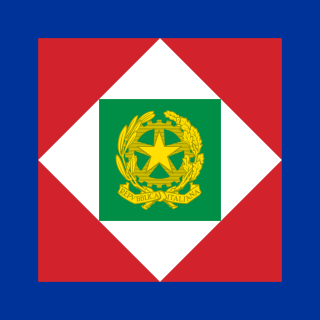
The president of Italy, officially denoted as President of the Italian Republic is the head of state of Italy. In that role, the officeholder represents national unity, guarantees that Italian politics comply with the Constitution of Italy and is the head of the Italian Armed Forces. The president's term of office lasts for seven years. The current holder is former Constitutional Judge Sergio Mattarella, who was elected on 31 January 2015.
In the United States, term limits, also referred to as rotation in office, restrict the number of terms of office an officeholder may serve. At the federal level, the 22nd Amendment to the United States Constitution limits the president of the United States to two four-year terms. State government offices in some, but not all states, are term-limited, including for executive, legislative, and judicial office.
This list of presidential elections in the Philippines includes election results of both presidential and vice presidential elections since 1899 with the candidates' political party and their corresponding percentage.
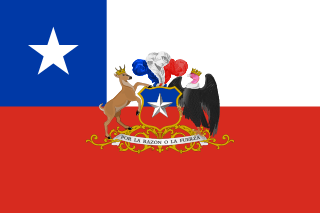
The president of Chile, officially known as the president of the Republic of Chile is the head of state and head of government of Chile. The president is responsible for both the Chilean government and state administration. Although its role and significance has changed over the history of Chile, as well as its position and relations with other actors in the national political organization, it is one of the most prominent political figures. It is also considered as one of the institutions that make up the "Historic Constitution of Chile", and is essential to the country's political stability.
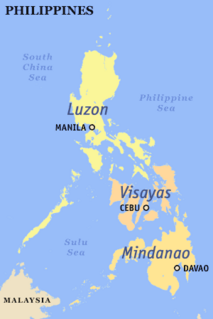
Federalism in the Philippines is a proposed form of government in the country.

The president of Nepal, officially the President of the Federal Democratic Republic of Nepal is the head of state of Nepal and the Commander-in-chief of the Nepali Army.
Political dynasties have long been a feature of the Philippine political landscape. They are typically characterized as families that have established their political or economic dominance in a province and have coordinated efforts to move on to involvement in national government or other positions of national politics that treats people prominence. Political dynasties usually have a strong, consolidated support base concentrated around the province in which they are dominant. Members of such dynasties usually do not limit their involvement to strictly political activities, and have been found participating in business or culture-related activities."


















